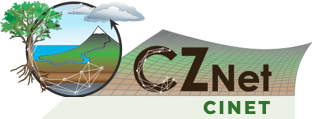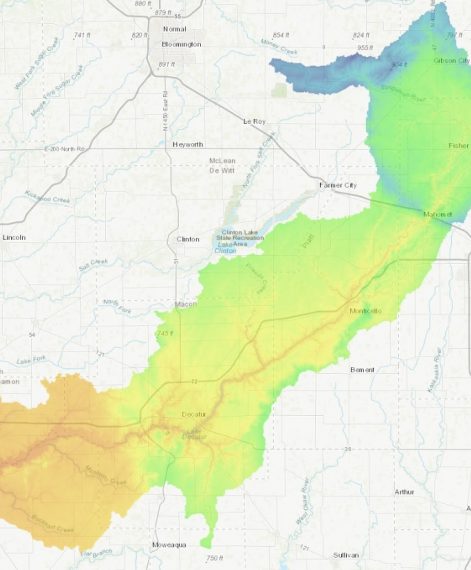Goals of the Project
Agricultural lands are intensively managed for high crop productivity. In the US Midwest, this is achieved through fertilizer application on a land that is significantly modified through tillage, and tile installation and channelization to increase the drainage in low relief topography. This process allows for agricultural machinery to be deployed in the field in a timely fashion in the spring, and support high crop productivity through the growing season. However, over time these same processes dislocate soil and carbon that is important to soil health, and transport excess nitrogen into waterways resulting in hypoxia in the gulf and other water bodies.
This CINet project hones in on the role of “Critical Interfaces” that play a dominant role in overall functioning of the landscape resulting from the intertwined of hydrological, biological, ecological, geological, and chemical processes. These interfaces, which can be natural (e.g., depressions, floodplains) or human made (e.g., tile network, riparian buffers), can enhance or reduce landscape connectivity and serve as sites of interaction, amplification or dampening, and integration of material fluxes.
Through utilizing a network of observational sites across the US Midwest that capture gradients of climate, topography, geologic history, and other landscape settings, the CINet project will provide a comprehensive understanding of how various components of a landscape serve to provide an integrated response. As a result, this research will provide unprecedented predictive capability for agro-ecosystems in relation to changes and impact of management and weather with implications for soil health and nutrient management.

